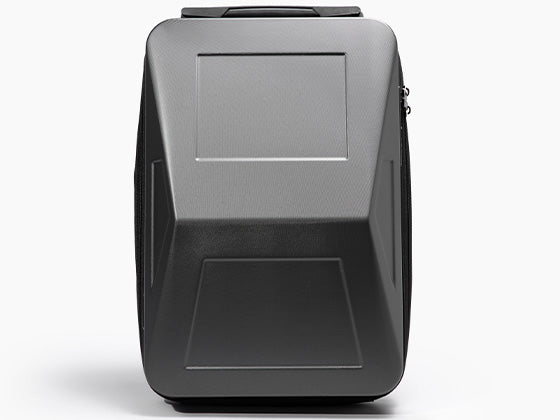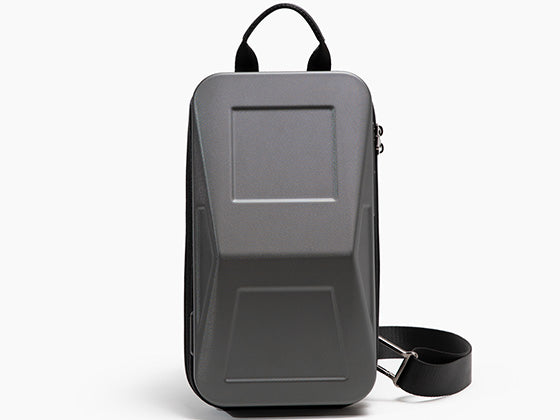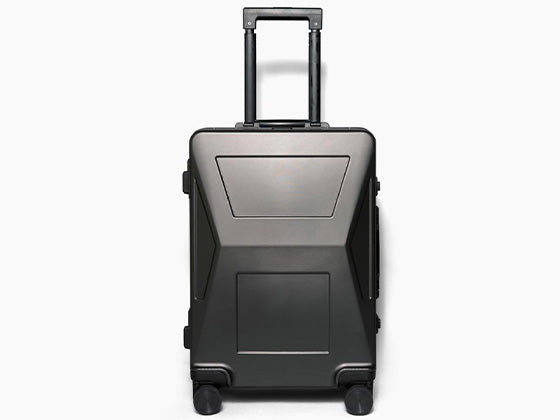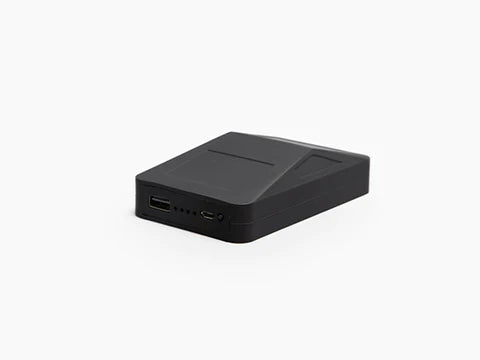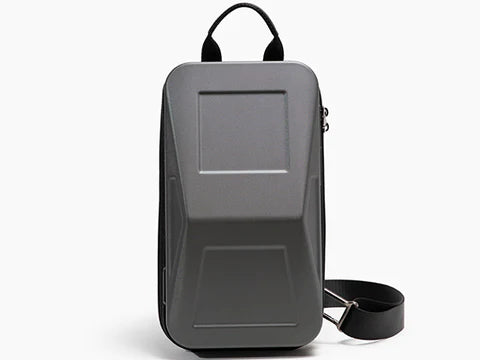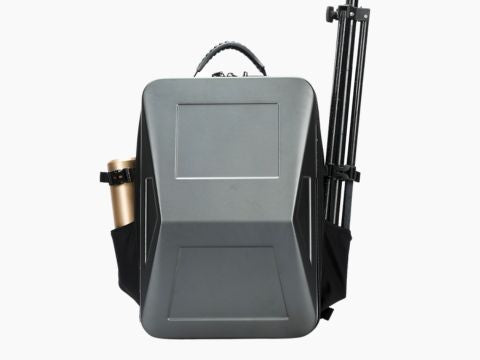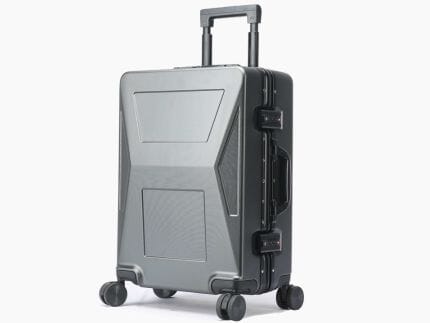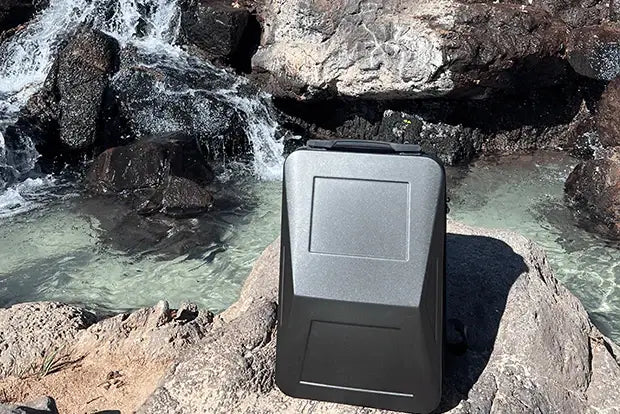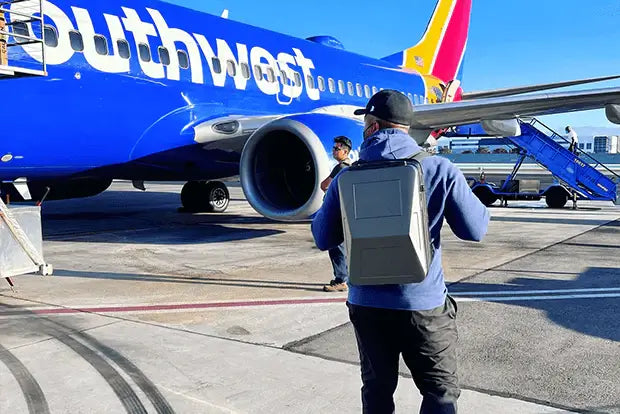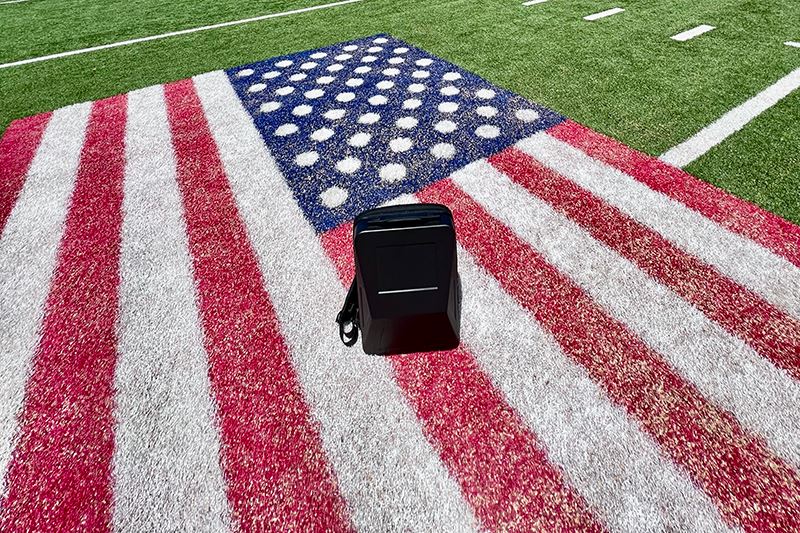Backpacking is an experience that combines hiking and backcountry camping. It allows you to expand your horizons beyond the auto camping site and have a more rich and more immersive outdoor experience.
The size of your pack is a crucial difference between day hiking and backpacking, it must carry all of life's necessities on your back. And you have to pick those necessities carefully. To start with, here’s a rough breakdown of what we’re going to be talking about:
- Choose a simple destination. Short overnight walks near home are ideal.
- To save money, borrow and scrounge for clothing and other necessities.
- Plan your meals. Just-add-water food can be bought at REI, and easy-to-cook alternatives can be purchased at conventional grocery shops. Pack lots of food for the trek.
- Prep for your journey by conditioning yourself to trek with a fully laden pack; obtaining permits; and brushing up on Leave No Trace rules.
The focus of this article is to arm you with the necessary knowledge and skills that can make your trip safer and fun!
Backpacking Essentials
By borrowing or renting the most expensive items—your tent, sleeping bag, and pad—you can minimize your initial cost. Boots and, to a lesser extent, packs must be your personal equipment since they have to fit you properly.
Gear for Backpacking
Backpacking gear must be lightweight and small because it has to be carried and fitted into your pack. When hiking with a friend, keep in mind that you'll be splitting up stuff like tents, pots, and stoves. Your backpacking journey will require the following items:
1. Tent: A two-person tent is more cost-effective and weighs less than two one-person tents, so make room to share. Given that you are not yet ready for climbing, bring a three-season tent (spring, summer, and fall) instead of a four-season tent.
2. Backpack: If you borrow a backpack, try it on way in advance to ensure that it fits properly. Load it up with various items weighing around 30 pounds and take it on a long practice trek. If you decide to buy a backpack, avoid lightweight models because they are less cushioned and have a less supportive construction than more luxury models.
Naturally, we’d recommend our very own Cyberbackpack. It not only has ample space for your belongings if you’re planning a quick trip, but its rugged exterior shell also allows it to protect all of your belongings. The last thing you want is something to break while you’re out. If you're looking to save weight, start with ultralight tents, sleeping bags, and sleeping pads.
3. Sleeping bag: If you decide to buy a bag, weigh the benefits and drawbacks of down fill vs. synthetic fill, particularly in light of the weather conditions you're likely to face. Synthetic is a fantastic choice for your first bag since it is more flexible and often less expensive than down.
4. Power bank: There are no charging ports in the great outdoors. As much as people want to escape from their devices when they go backpacking, you can not deny how much we rely on our phones now. Pack a power bank for your next trip, and if you don’t have one, consider getting our Cyberpowerbank. It has never failed us, and we can guarantee that it won’t fail you.
5. Stove: A single-burner camp stove weighing less than a pound is generally adequate for your first camping trip. If you decide to buy one, you should first evaluate fuel types before deciding on a stove. A gas-canister stove is popular among beginners since it is inexpensive and simple to use. Also, bring a full canister or container of the appropriate type of fuel for your burner.
6. Water treatment: Even pristine-looking water sources can contain contaminants that you don't want to drink, so it's best to purify all water in the wilderness. You can borrow a filter, but chemical treatment is a lightweight and straightforward choice for your first trip: pills or drops that you add into a bottle to cleanse your water.
7. Kitchen supplies: Spend less money by taking things from your kitchen, or make a trip to your local thrift store for used, well-worn goods like camping gear. Bring only enough pots, pans, plates, glasses, and utensils to prepare and serve each of your scheduled meals. Bring a tiny sponge and biodegradable soap for dishwashing. A little towel is also useful.
8. Clothes: There's no need to go out and buy a tonne of "hiking gear" for your first backpacking trip. Simply go through your workout clothes for garments made of moisture-wicking, quick-drying fabrics such as nylon and polyester. Cotton absorbs moisture and takes some time to dry when wet. You could catch a cold because of that, or in the worst case, suffer from hypothermia.
9. Shoes: Your feet are so critical to your trip's success. Shoes are perhaps your most important item. While some trekkers want sturdy over-the-ankle boots, others like airy trail running footwear. Before you depart, make sure your boots or shoes are thoroughly broken in. Wear woolen or synthetic socks. You can even carry a pair of lightweight shoes or sandals to wear around camp.
10. Food: Plan for dinner, and breakfast, and make a couple of sandwiches for an overnight hiking trip. For dinners, freeze-dried camping food is the lightest and simplest option, but it's also the most expensive. Instead, head to the grocery shop to save money. Because you won't have a cooler, perishables such as fresh eggs will be off the table. Avoid canned food and try to estimate how much you'll eat because too much food adds bulk and weight to your pack.
Conclusion
To wrap things up, keep these few things in mind when you are considering planning your next trip.
- Consult with seasoned trekkers: Hiking club members and REI store employees are eager to provide trip suggestions. Hiking guidebooks are an invaluable resource; the greatest selection for a specific location can be found at local REI stores and other outdoor businesses.
- Choose a location near your house: You'd like to spend your time hiking rather than driving. You should also have enough daytime hours to go camping before dusk.
- A few miles roundtrip is good enough: Plan on walking shorter distances than you would on a usual day trek because traveling with a heavier load is slower and more challenging.
- Plan for just a few hundred feet of altitude: If you've hiked a lot, you know that distance doesn't often tell the whole picture. Choose a trail that has less elevation gain than a usual day's walk.
- Choose a well-traveled path and a well-established camp: It's helpful to have hikers and backcountry campsites nearby who can assist you if you run into problems.
- Check that there is water nearby: If your source is a lake or a major river, you should be alright. Streams and springs, on the other hand, might dry up, so check with local property management before relying on a modest water supply.
- Consider "walk-in" campsites: Some national and state parks have campsites within a mile or so from a car campground. Staying in one of them is a great way to ease into hiking.
